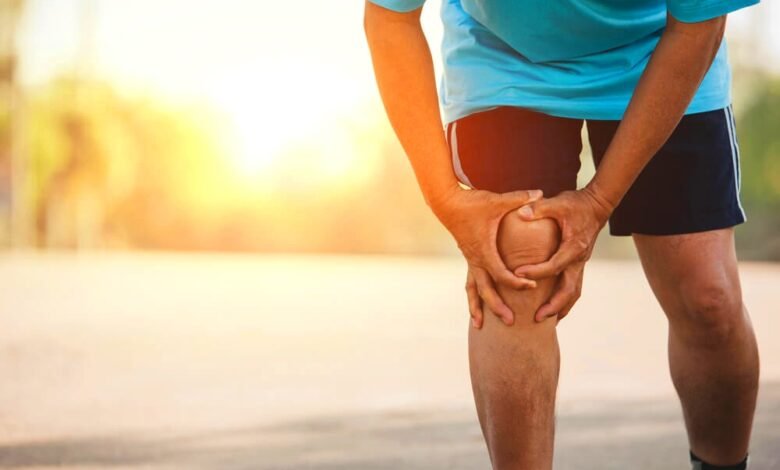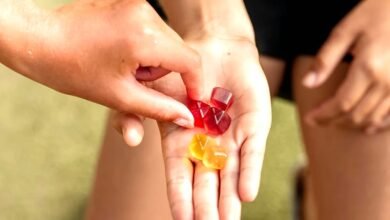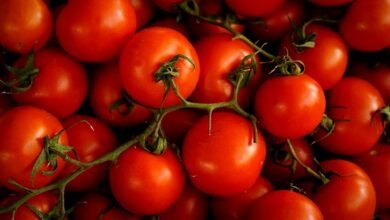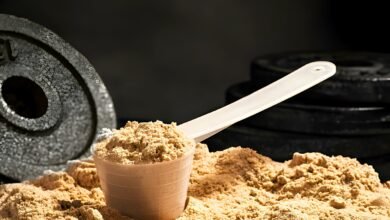10 Effective Ways to Treat Knee Pain Quickly

EXPLORE THE CONTENTS
Knee Pain
Knee pain can be caused by various factors, most commonly overuse, injuries, or arthritis. Knee pain can occur at any age, but older individuals are more likely to develop it due to joint degeneration, also known as osteoarthritis.
Depending on the source of your discomfort, rest, anti-inflammatory medication, and ice may provide relief. You may require a procedure or surgery if your injury is more severe.
To treat Knee pain such as torn tendons and ligaments, surgeons frequently employ minimally invasive procedures (arthroscopic surgery). These injuries may result in knee instability and discomfort. Your healthcare provider may recommend knee replacement surgery if the damage is severe.
Knee anatomy
The knee is made of
- Skin.
- Muscles.
- Bones.
- Cartilage – protective lining and shock absorber for the bones.
- Meniscus – a type of cartilage to cushion deep in the joint.
- Tendons- fibers that connect muscles to bones.
- Ligaments- tissues that attach bones to other bones.
- Bursa- thin protective pads under the skin.
What are the possible causes of knee pain?
Numerous factors and injuries have the potential to induce discomfort in your knees. Several prevalent sources of knee pain encompass instances of overuse, injuries, and arthritis.
Overuse
Repetitive actions can lead to discomfort. A few illustrations include:
- Patellofemoral pain (runner’s knee): Discomfort beneath or around the kneecap, often linked to mechanics, kneecap shape, or
- Osgood-Schlatter disease: In children, inflammation in the shinbone just below the kneecap is due to excessive usage.
- Tendonitis involving the quadriceps or patella tendon: Recurrent jumping activities like volleyball or basketball.
Injury
The sudden impact can harm components of the knee joint. Typical knee injuries may involve:
- Anterior cruciate ligament (ACL) injury or medial collateral ligament (MCL) injury: Impairment to the principal stabilizing ligaments of the knee.
- Bursitis: Swelling of the fluid-filled sacs that cushion the knee joint.
- Kneecap dislocation: Movement of the kneecap out of its normal position.
- Meniscus tear: Rupture in the knee’s cartilage, the smooth tissue that aids bones in moving together seamlessly.
Arthritis
Arthritis is a condition that can affect various joints throughout your body. When arthritis affects your knee, it results in joint inflammation and potential discomfort. Arthritis in the knee is more likely to develop gradually with advancing age. Various forms of arthritis can impact the knees, including:
- Rheumatoid arthritis: An autoimmune ailment targeting the body’s joints, causing inflammation and degeneration.
- Osteoarthritis: Characterized by the gradual degradation of joint cartilage. Body weight can significantly impact joint health, as excess weight strains the knee, potentially causing pain. Maintaining a healthy body weight through regular exercise and a balanced diet can decrease the risk of joint pain.
Treatment
The treatment for knee pain depends on the cause and severity of the discomfort.
- Knee injuries typically improve with rest, icing, and anti-inflammatory drugs. A knee brace can help stabilize your knee while it heals.
- Knee pain caused by arthritis may be treated with medication and physical therapy.
Doctors can typically restore tendon and ligament tears with minimally invasive surgery if necessary. - More severe knee discomfort may necessitate knee replacement surgery.
Regardless of the cause of your knee pain, physical therapy exercises can strengthen the muscles that support your knee to alleviate pain.
The 10 Effective Ways to Treat Knee Pain Quickly
Not doing so is equivalent to playing Russian roulette with your knee. Particularly during an acute phase of knee pain, the worst thing you could do is attempt to treat your condition with a generic exercise.
So, instead of writing about the “best exercises for knee pain” or “the quickest exercise to treat knee pain quickly,” I’ve decided to share my best advice on treating knee pain quickly.
Avoid sitting with bent knees for more than 10 minutes.
The patella (knee cap) fits into a groove on the top of your thigh bone when you sit with your knees bent 90 degrees. This might cause knee cap pain and inflammation. Straightening your leg every five minutes will significantly reduce pain when you stand up.
Don’t sit cross-legged.
The twisting motion of cross-legged sitting causes knee pain. Do not do this if your knee hurts.
Wear supportive footwear
I’m not fond of the latest shoe trend—soft, squishy soles. These are comfy on your feet but not for your ankles, knees, hips, or lower back. Wearing supportive shoes is ideal for knee pain.
Sleep with a pillow in between your knee.
If you lie on your side, position the pillow between your knees. This will reduce the weight on the irritated knee from the upper leg.
Drink enough water
The cartilage in your knee will thank you for it!
Keep your thigh muscles strong.
As stated, do not only Dr.Google and a physiotherapist to determine the safest exercise for your condition. Remember that the greater the strength of the thigh muscles, the less stress is imposed on the knee joint.
Keep your muscles flexible.
Numerous methods for stretching your muscles include static strengthening, foam rolling, and massage sticks. If you cannot extend your knee beyond 90 degrees or have a stiff/achy lower back, foam rolling or a massage stick will suffice.
Sleep with a pillow under your knee.
If you are lying on your back, this can alleviate pressure on your knees, especially if you have knee cap pain.
Avoid high heels (Specially Ladies)
These shoes place your ankle/knee/hip joint in an abnormal position, altering your body’s weight distribution and aggravating your knee joint discomfort.
Use Ice and heat intermittently.
Confused about when to use ice and heat? It’s simple, heat = chronic/arthritic-type conditions. Ice = acute/fresh injuries.
See a good physiotherapist for manual therapy.
Most of the knee patients in the clinics are those with longer-term knee injuries such as osteoarthritis. Research has shown that these knee injuries respond well to manual therapy, which loosens the knee joint, reduces pain, and allows muscles to function correctly.







